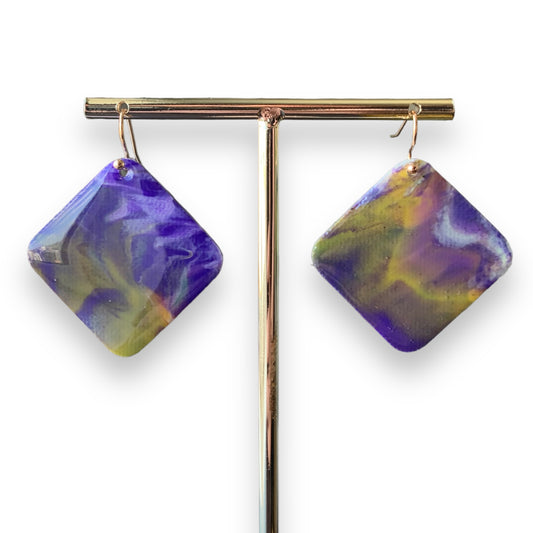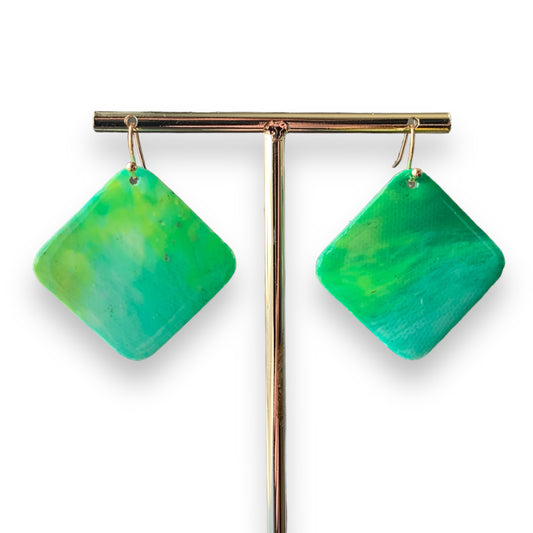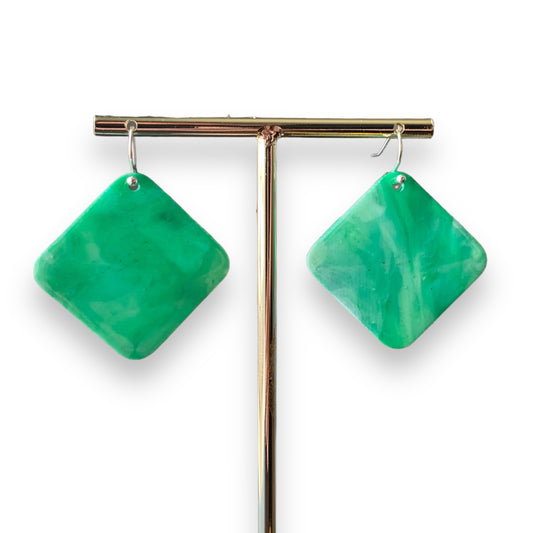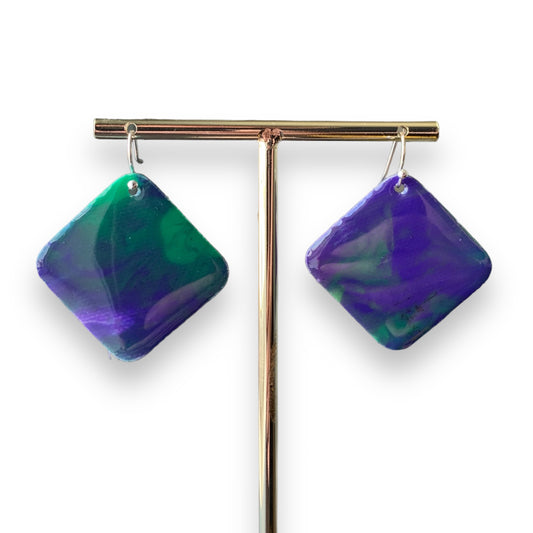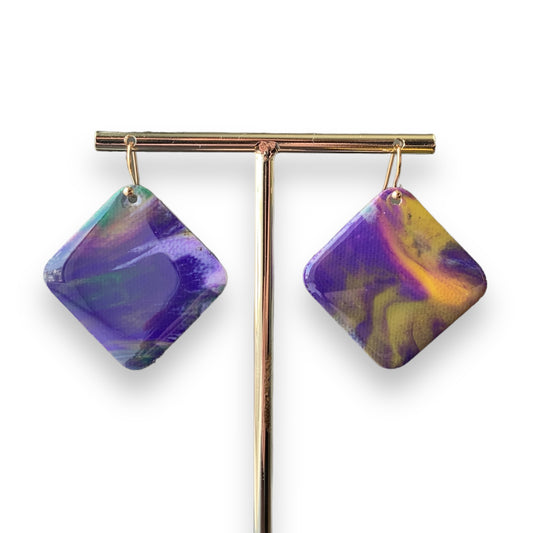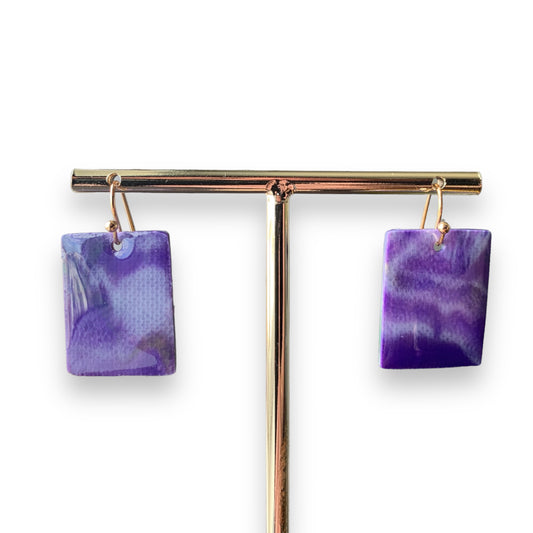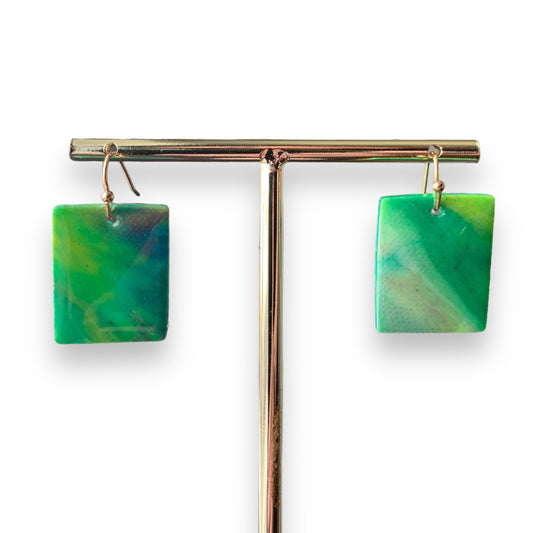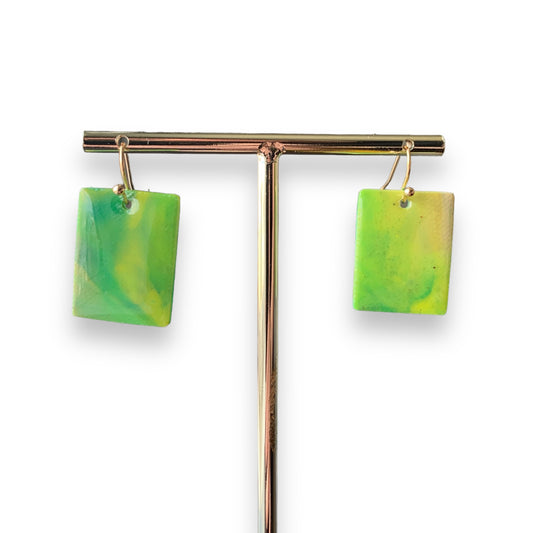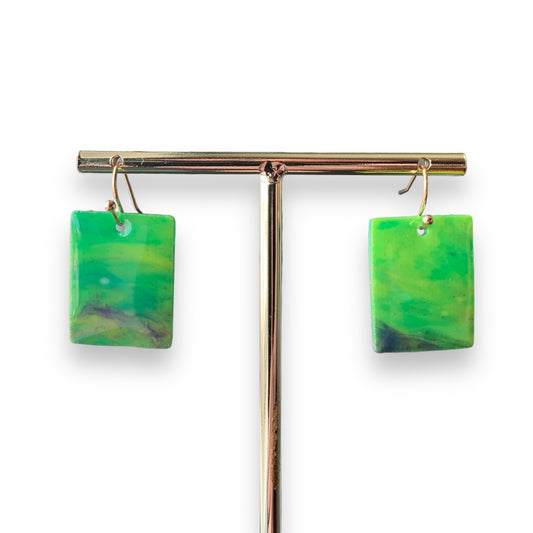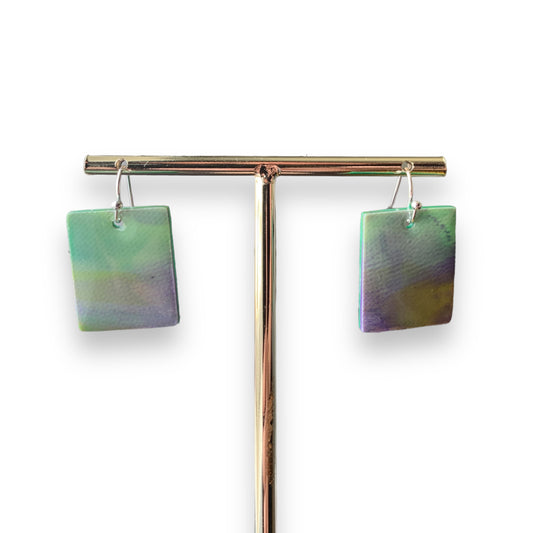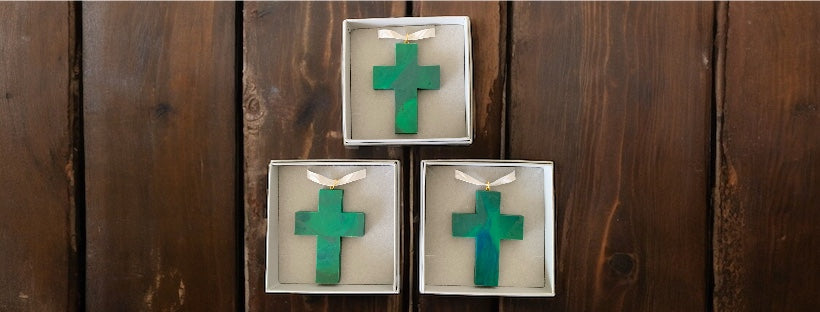
Bishop Adam Atkinson Pectoral Cross
Share
It was a hot summer day last year. I stood in the middle of the busy playground at Isle of Dogs in East London, while my children were happily playing with their friends. I looked at my phone. As horrible as it sounds, the phone is the only entertainment for mums at the playgrounds. I love to watch my children, but if you need to repeat the same activity a hundred times, it gets slightly boring. I checked my emails. Browsing through a ton of spam, I looked at one which just came through. It was a contact request from my website. “I am just about to become a bishop,” the first line said. “Would you make me a pectoral cross?” the person asked.
It was a surprising request. My mind started to wander. A pectoral cross is a large cross made typically of silver or gold, suspended by a chain around the neck, worn by the senior clergy. Can I make a pectoral cross from plastic bottle tops?
From the designer's point of view, a cross is a simple shape. It will be easy to make, so the answer was “yes”.
I met with Bishop Adam on a few occasions to talk about the design. His passion for sustainable living was incredible. He talked about Eco Church and how much work is put into sustainability in the Church of England. It was when I understood why, from all the available materials, he had chosen recycled plastic.
We have talked about colours and how they mix during the melting process. Bishop Adam has chosen a green palette as it is his favourite colour. “I am also a gardener,” he said.
Green is a popular colour among plastic tops: semi-skim milk and sparkling water. I needed quite a lot to make a large cross, and I asked my friends to collect them for me in their homes.
I spent a few hours making different melts to ensure an interesting colour pattern on the surface. It is always the best part of my work because the final result is a surprise.

Then, I prepared my fretsaw machine to cut the shape. When I sat down to do it, I suddenly started to think of the deep symbolism of the Christian Cross. It is a symbol of death, but so much more. Death and life, hate and love, violence and peace, accusation and forgiveness, sin and purity, brokenness and wholeness, all is lost yet everything is gained, destruction and restoration, defeat and victory. Once the cruellest form of execution, yet now it is a symbol of abundant life.
Christ died for sinners. He died for people who had lost their way. He did not die because it was forced upon him. It was a choice. A choice made in love.
But God showed his great love for us by sending Christ to die for us while we were still sinners (Romans 5:8).
Jesus still loves sinners. He came and gave his life for them. The message of the Cross remains a gift of love to those undeserving. Above all, the Cross is a symbol of love.
My Christian beliefs and education played a big part in my way of thought. I decided to surrender to the process with a Hillsong Worship song called “I Surrender”. It put my mind at ease, and I was able to finish the work.
It took an additional few hours to polish the edges of the Cross. I needed to fight my perfectionist nature here, which is not easy to satisfy sometimes, but I got there in the end.
Attending the ceremony at Westminster Abbey was a beautiful experience for me. Bishop Adam’s sustainable statement with his pectoral cross made from recycled plastic is a great example to follow. I am very grateful for the opportunity to take part in the making process.

